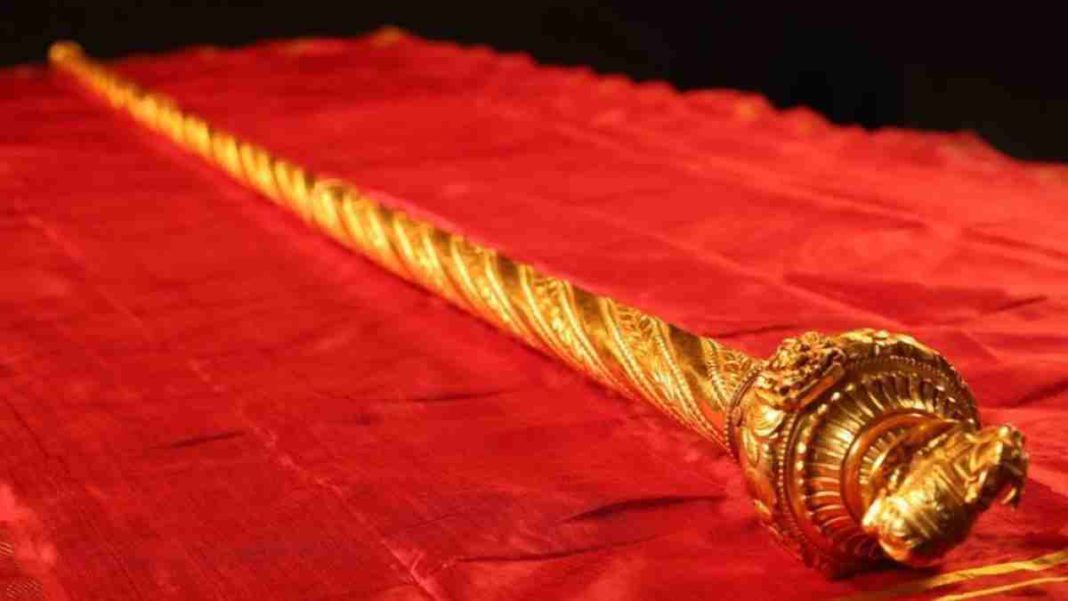INDIA: In a highly anticipated event, Prime Minister Narendra Modi will inaugurate India’s new Parliament building on May 28, 2023. The unveiling of the new structure has sparked a political battle between the ruling party and the opposition. Before the inauguration, India’s Home Minister, Amit Shah, announced the installation of a significant symbol called “Sengol” in the newly constructed Parliament building.
For those wondering, what exactly is Sengol? Sengol is a royal sceptre representing the transfer of power to a new successor in the Chola Empire, an ancient kingdom in South India.
In Tamil Nadu, Sengol is considered a symbol of impartiality and just governance. Now, let’s delve into the history and significance of Sengol.
The history of Sengol
The history of royal sceptres like Sengol can be traced back approximately 5,000 years, as mentioned in the Mahabharata, an ancient Indian epic. Stories from the Ramayana and Mahabharata periods depict the royal sceptre as a symbol of authority, allowing the rightful successor to ascend the throne.
During the reign of King Yudhishthira, as narrated in the Mahabharata, the transfer of the royal sceptre was a part of his coronation ceremony.
In the context of the peace festival, the scripture states that the royal sceptre represents the king’s duty and upholds justice and prosperity.
According to ancient tradition, when a king assumed his throne, he would sit on the royal lion’s throne and say “Adandyo: Asmi” three times, signifying that nobody could punish him.
This act bestowed on the king the power to administer justice. However, immediately after the king’s proclamation, the royal priest would caution him by saying, “Dharmadandyo: Asi,” which means that righteousness can punish the king.
Thus, the sceptre reminds the king of his responsibility to uphold justice.
“Sengol” originates from the Tamil word “Semmai,” which translates to righteousness, truth, and faithfulness.
In Hindi, “Sengol” symbolises prosperity and abundance. In English, it can roughly mean “Righteousness” or “Rectitude,” implying adherence to ethical principles and justice.
Sengol also carries connotations of grandeur, wealth, impartiality, and governance driven by justice.
Sengol, as a royal sceptre, symbolizes the transfer of power and authority. In Tamil Nadu, locals specifically associate it with the concept of royal governance.
However, its usage extends beyond the Chola Empire, as some historians believe the Maurya and Gupta dynasties also used it.
The installation of Sengol in the new Parliament building will be next to the Speaker’s seat. This addition will revive a centuries-old tradition and reinforce the values of justice and impartiality within India’s democratic system.
The inclusion of Sengol in the new Parliament building represents a blend of ancient traditions and modern governance.
As the country witnesses the inauguration of this architectural marvel, the presence of Sengol will serve as a reminder of India’s rich heritage and the principles that guide its democratic functioning.
Also Read: BJP Slams Rahul Gandhi, Blames Congress for Opposing Caste Census



